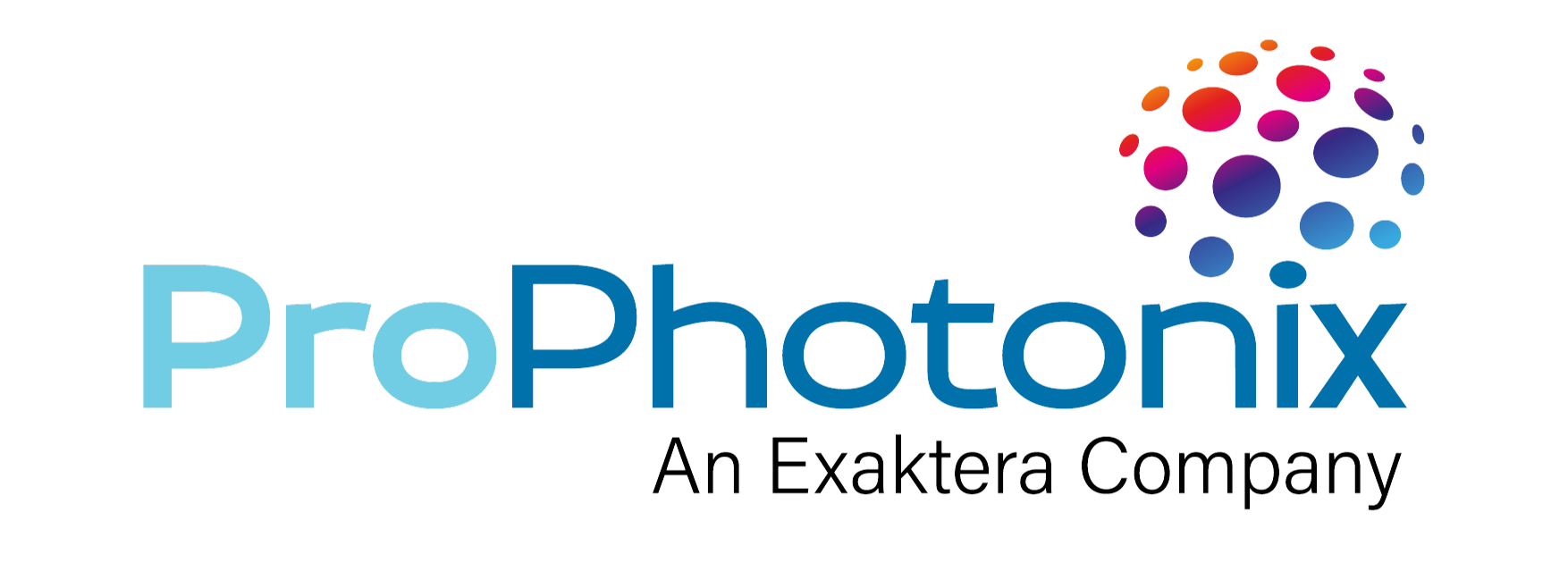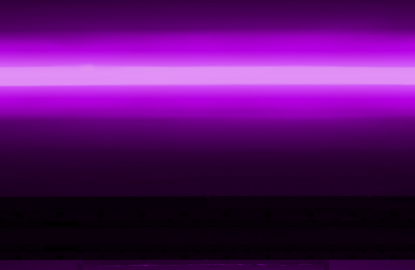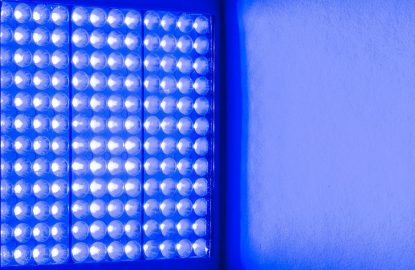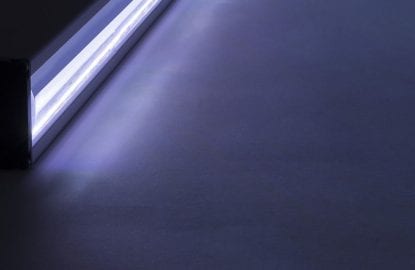There has been a dramatic shift in the technologies used for LED Line Lights in the past ten years. In a recent study by the EMVA (European Machine Vision Association), it was noted that machine vision lighting is now “almost entirely being realized by LED Lighting”. But what are the advantages and disadvantages of the various technologies for line scan systems?
Fluorescent Technology
Fluorescent technology is a low-cost technology; however, the drawbacks generally outweigh the economic advantages. Fluorescents are not appropriate for high-speed line scan applications due to relatively low output intensity. With fluorescent light, the color temperature of the Line Light changes over its lifetime resulting in inconsistent illumination. This results in the machine vision system requiring regular calibration and maintenance/replacement.
Fiber-Delivered Halogen (FDH) technology
Fiber-delivered halogen once was the machine vision system light of choice for line scan applications. The main disadvantages of Line Lights using FDH systems are that they are cumbersome and very hot. The FDH systems require large light sources to be kept separately from the fiberglass head. FDH systems have shortened lifetimes (< 3,000 hours) if driven hard. In addition, FDH intensity variations can prove difficult for vision systems.
Light Emitting Diode (LED) technology
LED illumination is now the technology of choice for the vast majority of line scan applications. Properly designed LED line lights provide:
- High intensity
- Long lifetime
- Consistent, stable, light output
Throughout a LED’s lifetime, the intensity remains constant and spectral output is very stable. This means that the vision system performs more consistently over its operating life.
When considering a LED Line light for your vision system, be aware that there can be significant differences in the output, expected lifetime, and performance. The illuminator performance depends on how well the illuminators are designed and manufactured.
ProPhotonix products are designed using Chip-on-Board technology; the mounting of a bare LED chip in direct contact with the substrate to produce LED arrays. This means that the LED chip is placed in direct contact with a thermally efficient substrate providing maximum heat dissipation and therefore maximizing the lifetime of the product.
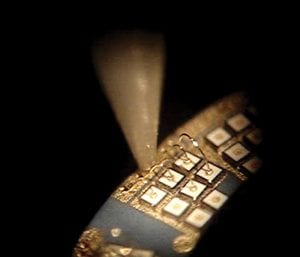
In addition, due to the small size of the bare LED chip, Chip-on-Board technology allows for a much higher packing density than surface mount technology. This results in higher intensity and greater uniformity.
ProPhotonix is a leading designer and manufacturer of Laser Diodes, Laser Modules, UV LED Curing Systems, LED Products, and UVC LED Disinfection Systems. Contact us for free expert advice on selecting the optimal solution for your system.
